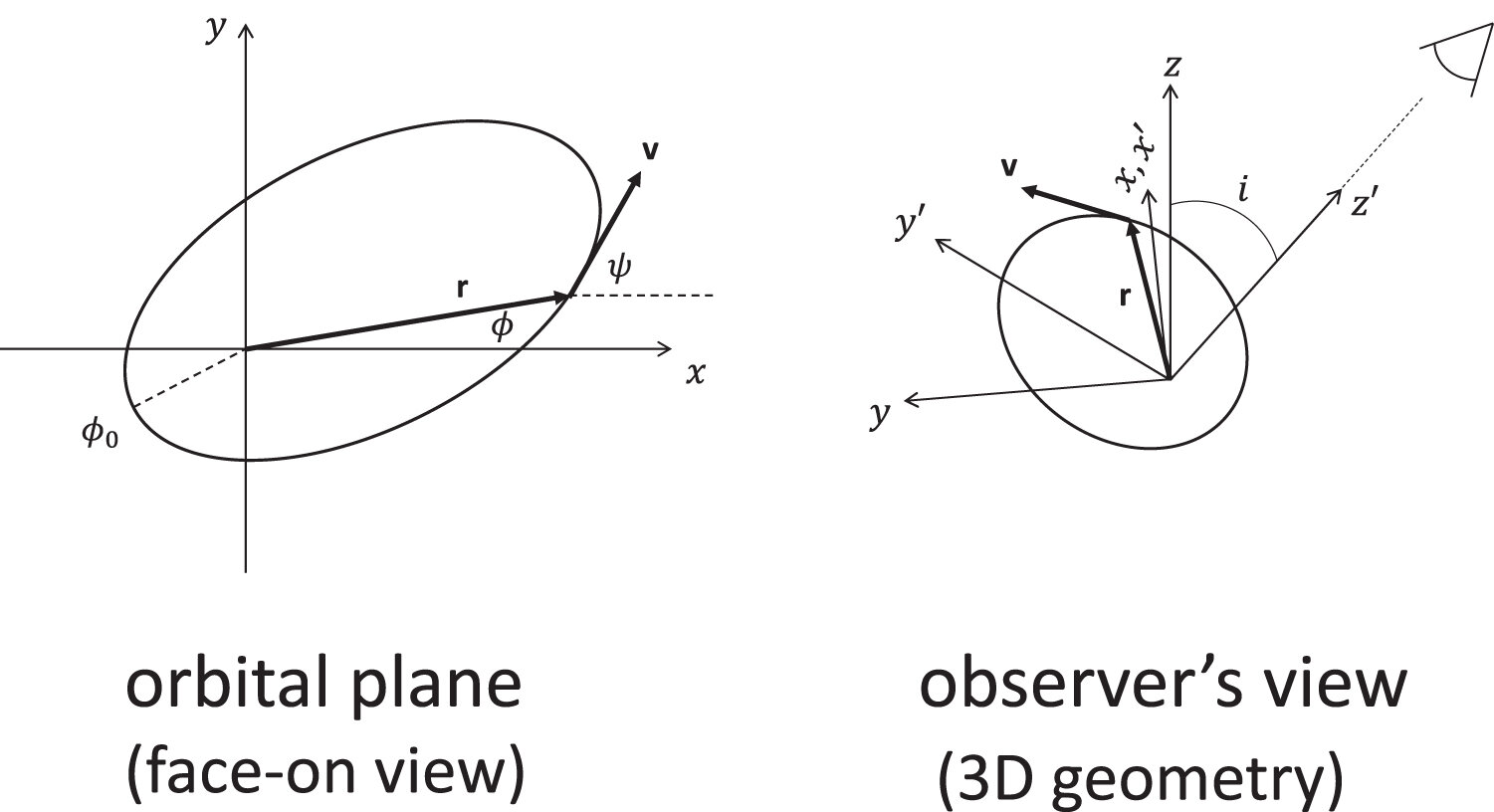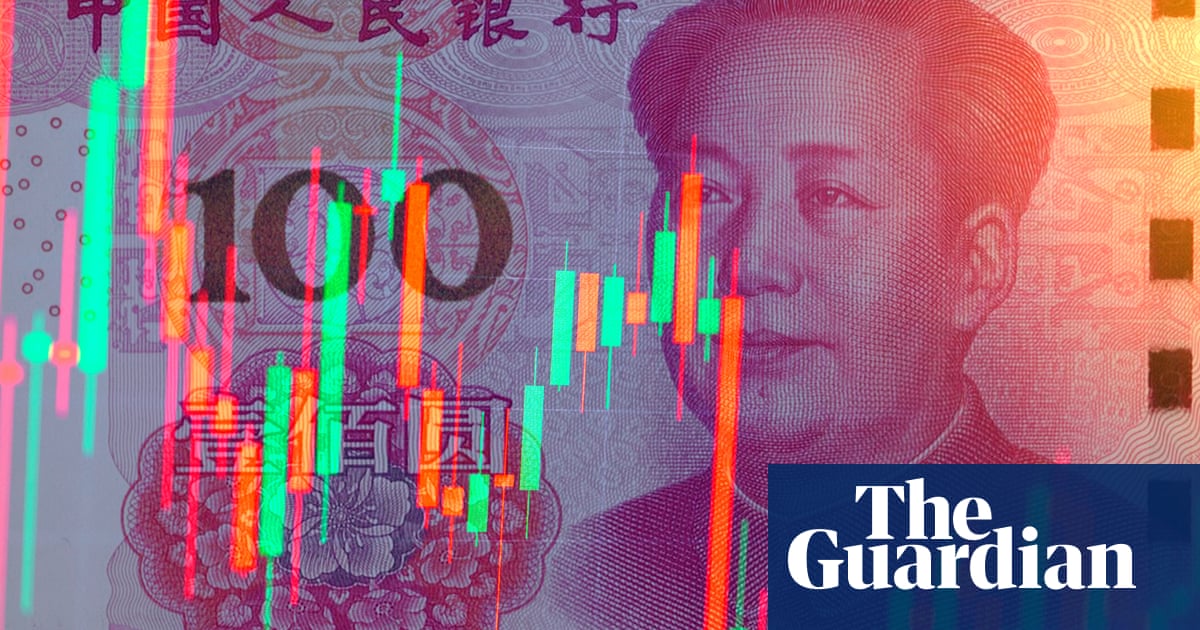

I recently saw someone cite the ‘China has the world’s largest navy’. So I looked it up.
https://worldpopulationreview.com/country-rankings/largest-navies-in-the-world
It’s true if you just count ‘naval vessels’ because China and NK have a lot of small boats:
Top 10 Largest Navies in the World (by total number of warships and submarines - 2020):
China - 777
Russia - 603
North Korea - 492
United States - 490
Colombia - 453
Iran - 398
Egypt - 316
Thailand - 292
India - 285
Indonesia - 282
So maybe not the most useful metric for comparison of relative might. Maybe tonnage is a better metric of that?
Top 10 Most Powerful Navies in the World (by total tonnage - 2014):
United States - 3,415,893
Russia - 845,739
China - 708,886
Japan - 413,800
United Kingdom - 367,850
France - 319,195
India - 317,725
South Korea - 178,710
Italy - 173,549
Taiwan - 151,662
Taiwan even makes it on the the top ten list that way. And you can clearly see that the USA has the most massive navy by a wide margin. You can get into aircraft carriers and subs too if you want to see how lopsided these stats can appear.



























I really like this metric of tonnage per capita.